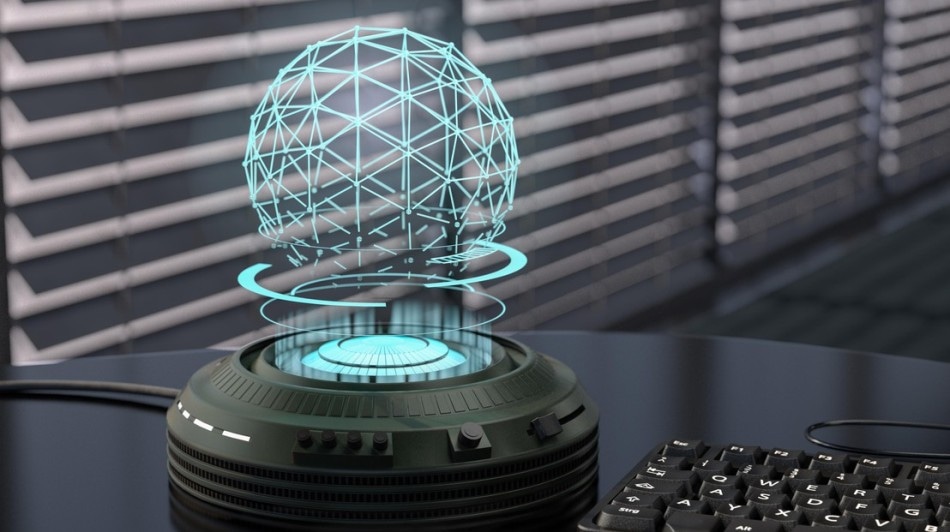May 6 2019
Physicists at EPFL have created a technique on the basis of the principles of holograms to obtain 3D images of objects outside the reach of light.
 Image credit: EPFL
Image credit: EPFL
Photography quantifies the amount of light of different color striking the photographic film. However, light is also a wave and is thus characterized by the phase. Phase denotes the position of a point within the wave cycle and corresponds with the depth of information, suggesting that recording the phase of light scattered by an object can recover its complete 3D shape, which cannot be captured with a simple photograph. This is the foundation of optical holography, made famous by fancy holograms in scientific fiction movies such as Star Wars.
However, the issue is that the spatial resolution of the photo/hologram is restricted by the wavelength of light, around or just below 1 μm (0.001 mm). That works well for macroscopic objects; however, it begins to fail when it enters the area of nanotechnology.
Currently, scientists from Fabrizio Carbone’s lab at EPFL have created a technique to observe how light behaves on the smallest scale, well beyond wavelength restrictions. The scientists used the most uncommon photographic media: freely propagating electrons. The technique is used in their ultrafast electron microscope, can encode quantum information in a holographic light pattern captured in a nanostructure, and is based on an unusual feature of electron and light interaction.
The researchers employed the quantum nature of the electron-light interaction to isolate the electron-reference and electron-imaging beams in energy rather than in space. Due to this, it is now possible to use light pulses to encrypt information on the electron wave function, which can be mapped using ultra-fast transmission electron microscopy.
The new technique can offer two key advantages: First, information on the light itself, making it a potent tool for imaging electromagnetic fields with attosecond and nanometer precision in space and time. Second, the technique can be used in quantum computing applications to control the quantum properties of free electrons.
Conventional holography can extract 3D information by measuring the difference in distance that light travels from different parts of the object. But this needs an additional reference beam from a different direction to measure the interference between the two. The concept is the same with electrons, but we can now get higher spatial resolution due to their much shorter wavelength. For example, we were able to record holographic movies of quickly moving objects by using ultrashort electron pulses to form the holograms.
Fabrizio Carbone, EPFL
Apart from quantum computations, the method has the highest spatial resolution in comparison with alternatives and could transform the way everyone thinks about light in daily life. “So far, science and technology have been limited to freely propagating photons, used in macroscopic optical devices,” states Carbone. “Our new technique allows us to see what happens with light at the nanoscale, the first step for miniaturization and integration of light devices onto integrated circuits.”
Other contributors
- University of Glasgow
- Barcelona Institute of Science and Technology
- ICREA-Institució Catalana de Recerca i Estudis Avançats
- ETH Zürich
Funding
This study was funded by NCCR MUST, Swiss National Science Foundation (SNSF), Spain MINECO, European Research Council (Advanced ERC grant), and Cellex Foundation.
New holographic technique opens the way for quantum computation
Video credit: EPFL